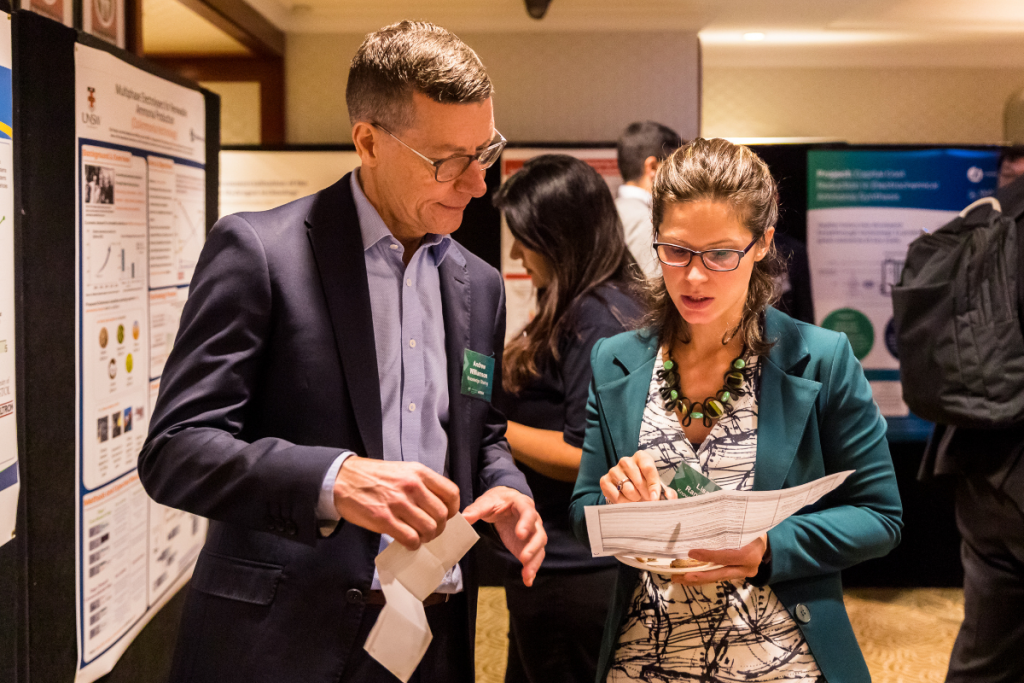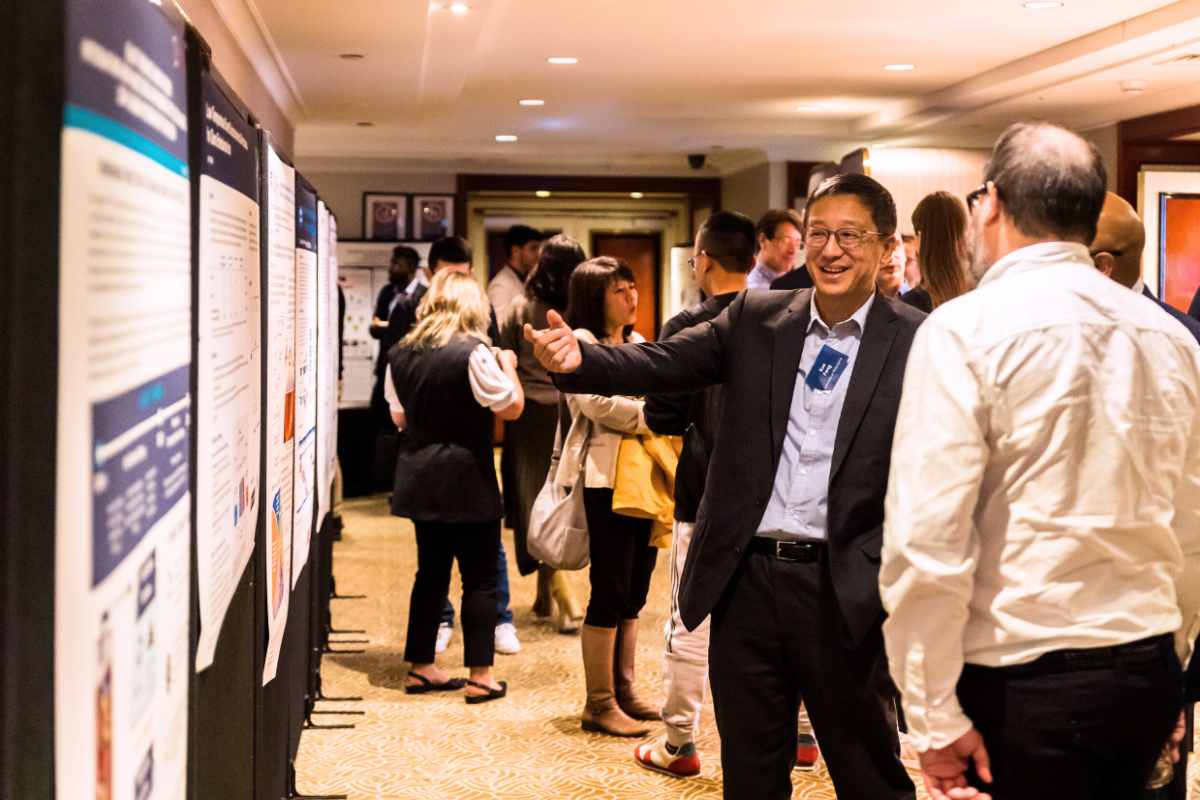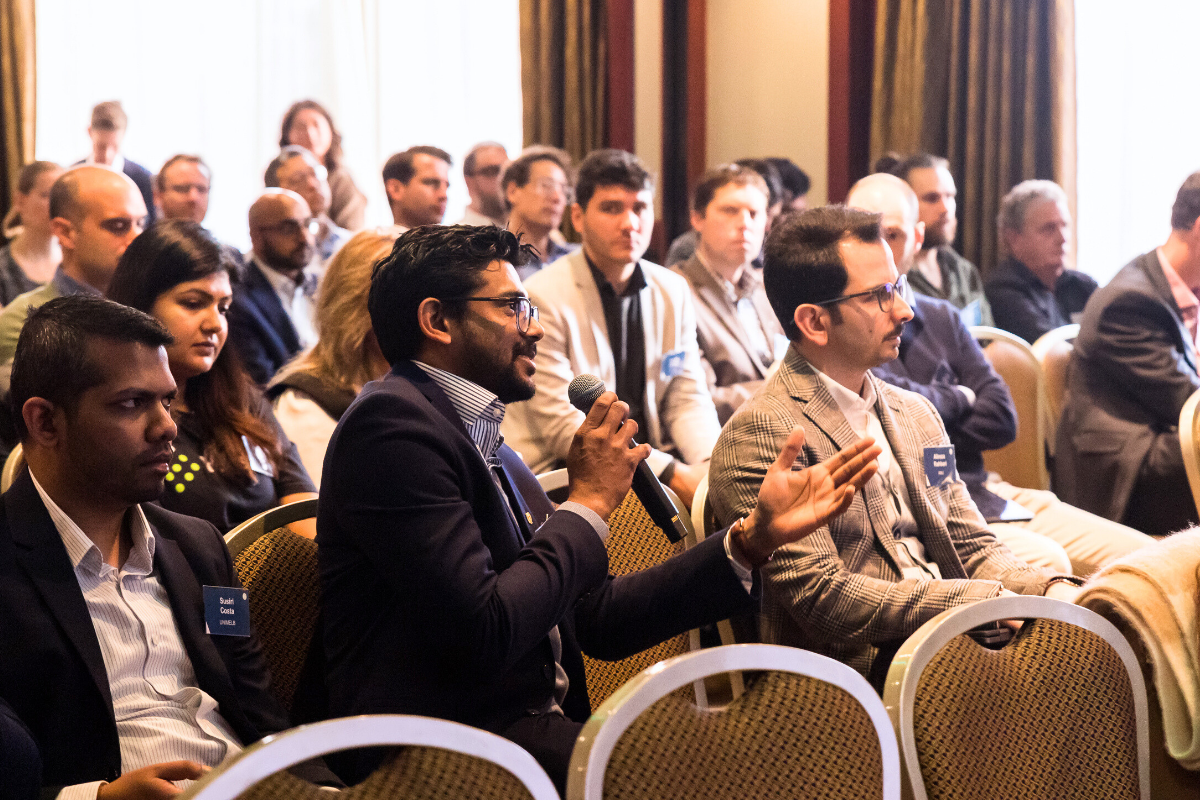ARENA event looks to shake things up in renewable hydrogen and iron and steel
Top level research organisations, startups and companies came to showcase their projects, all funded by ARENA.

In a quiet Sydney conference space, some of Australia’s best minds in renewable energy gathered for a roundtable discussion.
Top level research organisations, startups and companies came to showcase their projects, all funded by ARENA. The goal—encourage collaboration, discourse and understanding within renewable hydrogen and low-emission iron and steel sectors.
A total of $59.1 million in funding is slated for the projects, part of the Australian Government and ARENA’s broader goal to support research and development activities covering these sectors.
Tanya Hodgson, Manager for Business, Development and Transactions at ARENA, said of the roundtable that is “We want to maximise visibility of work happening in the space and create an ongoing expert forum to connect researchers, share learnings and discuss challenges.”

The focus
Australia faces several hurdles on the path to net zero. A challenge to overcome is scaling the renewable energy sector so there’s enough clean energy to replace fossil fuel. This means new, cost-effective, renewable energy technologies need to be implemented on a national scale for widespread adoption and implementation to meet the growing energy needs of the nation and more importantly reducing emissions.
It’s a supply and demand issue at its core.
Australian experts contend clean renewable energy must be readily accessible, cheap to produce and abundant if the country wants to meet its emission targets.
In the case of renewable hydrogen, it will prove pivotal as a clean, reliable alternative for industries that won’t be served by electrification and typically use emission intensive fuels but there are many obstacles to overcome as it’s expensive to produce and transport. These difficulties are halting its widespread adoption and use in various sectors from transport to iron and steel.
In the iron and steel sector, the production of iron from iron ore requires massive amounts of heat energy. This energy is produced through the burning of fossil fuels. It’s a perfect example of a sector that would be well served by renewable hydrogen, but it too faces hurdles. Because these two sectors play so closely together, recipients of funding for greener iron and steel solution were included in the roundtable event. The key was to foster collaboration and understanding on moving forward on the road to net zero.
All funding recipients were tasked with producing research to answer the complex questions facing renewable hydrogen and low emissions iron and steel process. The hope is to develop more efficient and cost-effective technologies with a pathway to operate on a commercial scale. The knock-on effect would translate to a reduction of emissions in high-emission sectors, like iron and steel. The journey could lead to groundbreaking research and development and would be a massive boon on an economic scale, as our global partners could use the new technologies for liquid hydrogen exports, as well as iron and steel. It would also allow for a local, sustainable hydrogen energy ecosystem to be used in high emission industries, where fossil fuels could be replaced by hydrogen.
Renewable hydrogen industry “could create jobs and replace economic activity provided by Australia’s world-leading exports of coal and gas, as the demand for fossil fuels decline,” and green steel technologies could “stimulate job creation through investments in renewable energy, innovation and sustainable practices, fostering economic growth and prosperity,” Justin Punch, Chair/Non-Executive Member of ARENA said.
Eric May, the Managing Director of Future Energy Exports (FEE), gave details on his company’s proposed research and their work with ARENA.
May says one of the ways to transport hydrogen is to convert it to liquid hydrogen and “the energy stored in hydrogen, uses about a third of that to produce liquid hydrogen,” making it “very expensive”. “We think you can reduce that by a factor of two.” If FEE ‘s research can produce results, it will be a great step forward in making hydrogen energy more viable in the coming years, ultimately feeding into ARENA’s core mission to reduce emissions by 2030 and get to net zero by 2050.

Paving the way forward
ARENA has been tirelessly working since 2012 to commericalise renewable energy technologies. This is the second renewable hydrogen focused round and we know more work needs to be done.
Zoe von Batenburg, ARENA’S Chief Investment Officer, said that “primary research,” is key for finding technical and economic solutions needed for a sustainable and renewable energy future.
Von Batenburg went on to say that ARENA’s approach shows the path to net zero “really starts with investment, innovative research and development, working with some of the best minds in Australia.”
Once the research is concluded, the hope is the projects move onto large scale commercialisation. This allows for the adoption of cleaner energy practices to reduce emissions.

ARENA